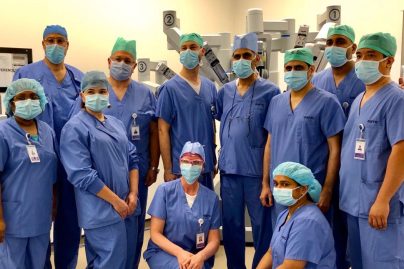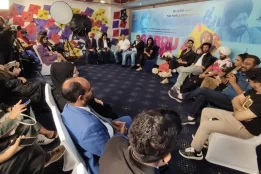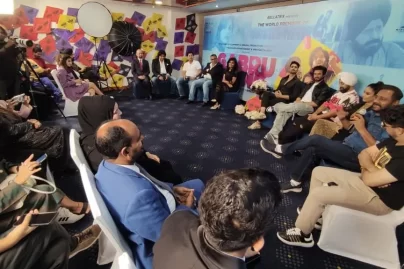School Boy on a mission to debunk fake news networks
Wed 14 Oct 2020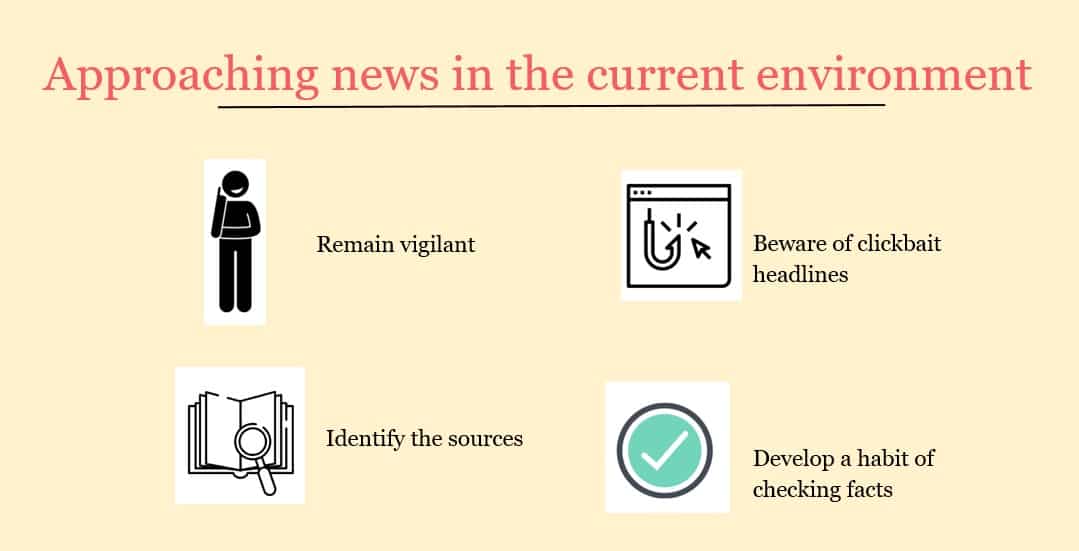
In this revolutionary age, the news is the most powerful source to control the whole information system.
“Power corrupts and absolute power corrupts absolutely,” as quoted by many thinkers, paints a vivid picture of the current scenario on the media front which is clear to all. One where the news is the most powerful communication medium wherein to ‘control and manage’ it has become a rite of sorts.
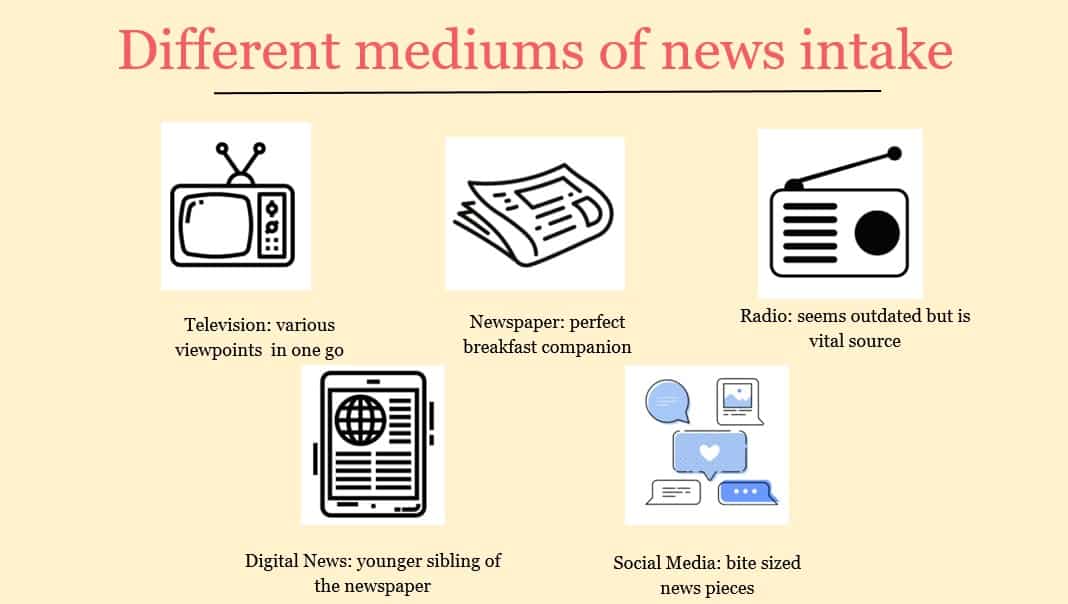
Amidst the flying conspiracies and the blame games, ‘fake news’ has emerged as one of the most dangerous and challenging element among the tools used to control and manipulate all of the communicative, political and social structures.
The obvious, missing element here is that the readers are unaware on how to verify this ‘news’ themselves.
And so, TheBrew has invited one of their own readers, Niranjan Singh, on board to serve the very mission that he preaches.
Niranjan, Grade 9, from Jumeirah College, is fiercely passionate about the news, and is often spotted sharing tips and tricks with his friends, on how to debunk the fake sources of information, on how to develop the habit to check your sources, and more.
We spoke to him on the matter to gain a deeper insight on the news-whiz’s thinking.
TheBrew: Hey Niranjan, would you tell us about yourself first?
N: Hi! My name is Niranjan Singh and I live in Dubai. I am deeply passionate about exploring how the youth can and should engage with the news, communication and media. I am glad that TheBrew is promoting the issue and engaging with me to push the right information to the readers.
TheBrew: It’s an honour! But could you brief us about this project of yours? Where did your idea stem from?
N: Well, I have always been interested in news and media from a very young age. I am lucky enough to have always had people around me to guide me on the best things to read and watch. And so, I have been able to engage with the news in a responsible way and form my own opinions.
TheBrew: Good for you! It’s not easy to sift through all that info to arrive at your own conclusions.
N: You’re right, it’s not always easy! Especially for young people! And particularly for those who come from underserved backgrounds and may not have access to all the available channels and sources. In this day and age, misinformation is everywhere, and this can have an extremely negative impact on society. I designed a model, or rather, a curriculum to increase enthusiasm for the news and media, and to ensure access for all. So I can help the young people form their own balanced opinions.
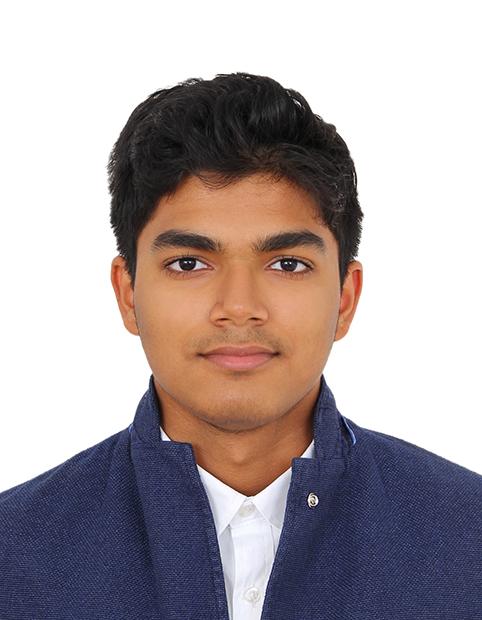
TheBrew: Impressive. You know, usually at your age, school kids may perhaps engage in social work, like, say the food bank. Or the environment, or the helping hands — those things. What inspired you to educate the society in terms of news?
N: In my opinion, news is at the root of many of these things! Without a basic knowledge of current affairs, politics and other information about what’s going on in the world, how can kids be expected to impact any kind of change? Nowadays, it is more important than ever for young people to be conscious of what’s going on and to really engage with the news on a deep level. This is very important if we want the next generation to truly make a difference, you know? All manner of social initiatives are important but having young minds reading, seeing, and hearing, the right information is equally important.
TheBrew: We’ve got to agree — especially when you put it like that! So Niranjan, from your perspective, how big is the problem of fake news in our society? And what is the core reason behind it?
N: Fake news is a huge problem. It is so important for us to be aware of what’s going on as engaged citizens, because it can truly be disastrous if that process is disrupted by any sort of ‘misleads’. There can be actual consequences! The dangers of fake news are unlimited in this day and age — it can destroy individual careers, even entire companies. It can influence elections, and give rise to terrible violence. In my opinion, the core reason is the wide reach that news has nowadays through social media, and the fact that people spend so much time on these platforms. This means that fake news can spread much more quickly and have a greater impact.
TheBrew: So can you provide basic, hands-on, tools to audiences to check the news or forward messages?
N: Yes, this is a subject that I tackle in my original curriculum, which covers 10 modules on news and media-related issues. The advice that it sets out includes checking sources, doing independent research and even developing your own news reports! Through this, I hope to help students digest and share news in a more responsible and independent way.

TheBrew: Wait, you’ve designed an entire curriculum for media students? Wow!
N: Haha, thank you. Yeah, the curriculum I’ve created covers an extremely wide range of subjects, from different sources of news, to ‘how-to-write’ features, and even how to snap effective photographs.
TheBrew: So how do you think this curriculum is a world apart from other, similar ones?
N: I believe my curriculum is unique because it achieves three aims. One, it teaches young people about the news, what it means and how it works. Two, it teaches young people how to digest and engage with news and media. And, three, it teaches them how to create their very own news and media sources! The curriculum is educational, forward-thinking and designed to be accessible to the youth from any background.
TheBrew: Well, it’s been a pleasure, Niranjan. Thank you for your glowing insight. Before we wrap up, could you tell us, what are your future plans for this initiative?
N: I’m very proud of the broad impact and accessibility of my social initiative and I’m excited about taking it forward. My next steps are definitely to try and increase the reach of the project so that it can have an impact on young people in the UAE, India and beyond. In an ideal world, responsible education on media should reach just as many — if not more — people as the news does.
So how was that for a dive into a world of ‘wires’ that span their path across the globe? Hope you emerged from it with a clearer, more critical lens on the everyday news that you consume, reader!
Go ahead and check out Niranjan’s tutorials for a better understanding on the pitfalls of fake news and more:

 Apr 26 2024
Apr 26 2024



